January 06, 2021 1 Comment
If you still want to believe in coffee magic, leave this article and go straight to your next cup of Fire Dept. Coffee. We wouldn’t want to ruin this for you!
However, if you’re really interested in coffee science and are still wondering ‘how does caffeine work?’, keep reading.
We’re about to let you in on the secret, dissecting what seems like a complicated topic in a friendly, jargon-free way.
Grab a fresh pot and let’s start this coffee science lesson!
What is caffeine exactly?

Simply put, caffeine is a natural stimulant found in the leaves and fruits of some plants.
Obviously, you’ll find it in coffee beans but also in tea leaves, guarana seeds or yerba mate, as well as in products like cola, energy drinks and even chocolate.
By ‘stimulant’, we mean a substance that increases neural activity in your brain by speeding up the central nervous system.
How? Let’s start from the beginning!
How does caffeine work in the body?

After you drink a delicious cup of coffee, caffeine enters your body.
It’s usually absorbed within an hour, accessing more parts of your system through your bloodstream.
Blood concentration usually peaks within two hours. When it gets to your brain, that’s where all the magic (or coffee science, depending on how you decide to look at it) happens.
How does caffeine work in the brain?
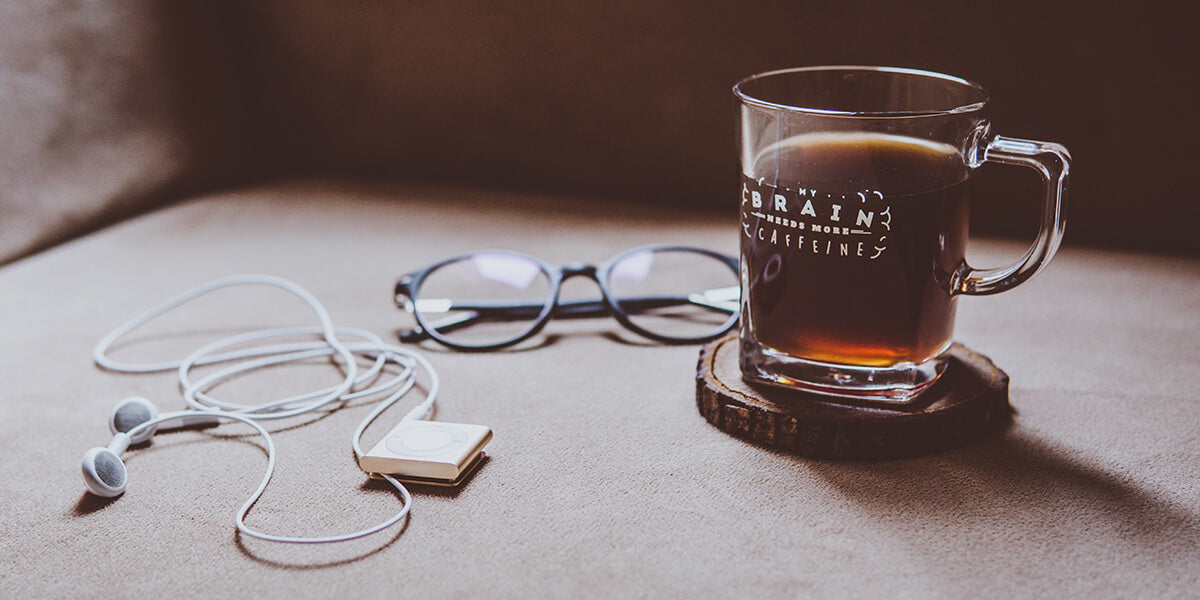
The way caffeine works in the brain is actually a pretty crazy but fortunate coincidence: this natural stimulant just happens to have a similar structure to our adenosine.
Normally, adenosine locks to some specific receptors in our brain, slowly promoting sleepiness and muscle relaxation.
However, guess what happens when you drink coffee? Yep.
Just like that time you mistakenly added salt instead of the similar-looking sugar to your drink, it’s caffeine that heads towards those receptors.
So how does caffeine work in the brain? It simply gets in the way of adenosine, stopping that tired and sleepy feeling.
Instead, it promotes the activity of other neurotransmitters like dopamine, which leads to the opposite effect: heightened brain activity.
So, how does caffeine keep you awake?

Basically, caffeine keeps you awake by slowing down adenosine (responsible for provoking that sleepy feeling) and promoting the release of dopamine instead.
However, like Cinderella taught us, magic doesn’t last forever. After an average of five hours, the carriage turns back into a pumpkin: caffeine’s effect ends and adenosine prevails.
If this happens abruptly, you can even get a caffeine crash (psst: here’s how to avoid one!)
Caffeine’s effects: a more or less scientific explanation
Caffeine is actually the main reason behind the most popular benefits of drinking coffee.
Even before knowing how caffeine worked, you’ve probably already noticed its results.
For example:
- Energy boost and a feeling of being invincible;
- Typing faster than Jim Carrey in Bruce Almighty;
- Mental boost and being able to recognize your boss’s steps when they’re coming to check on you;
- Finding the strength to endure long shifts;
- Managing to feel hopeful even on a Monday morning.
So how does caffeine work? Scientifically, it fights against adenosine.
At our fire station? It gives us superpowers. Which, to be honest, is not that far from the truth.
1 Response
Leave a comment
Comments will be approved before showing up.
Also in Fire Department Coffee News

Standing with Laurel County After an EF4 Tornado

FDC Featured In Nationwide Walmart Commercial and Celebrates Community Roots in Rockford
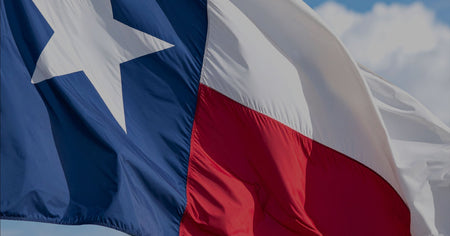
Rescue-1 Deploys to Texas: Fire Department Coffee Supports Communities After Catastrophic Flooding
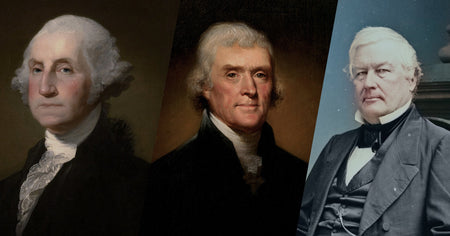
Celebrating America’s Firefighting Presidents

Fire Department Coffee and Kidde Working Together to Promote Fire Safety
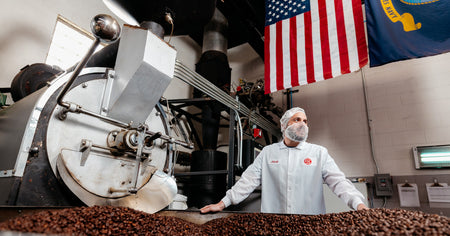
From Barista to Coffee Expert: Fire Dept. Coffee's Jacob Ball Brews Success
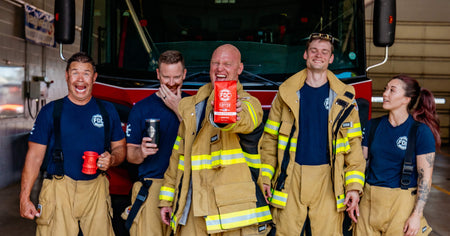
Get to Know the Hilarious, Hardworking Team Behind FDC Videos
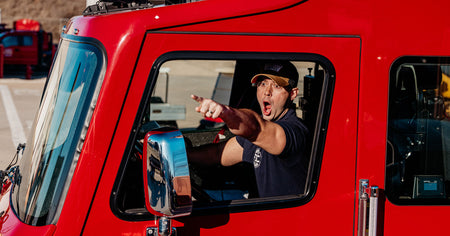
From Fan to Family: How Lance Woodruff Became an FDC Star

Marine, Musician, Firefighter: Josh Kennedy is Doing It All
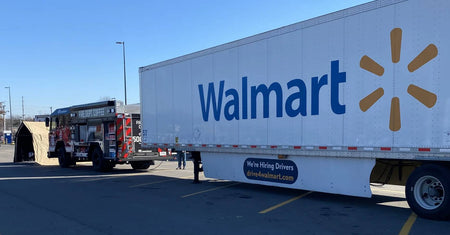
FDC Mobilizes Rosenbauer Fire Truck for Tennessee Tornado Relief
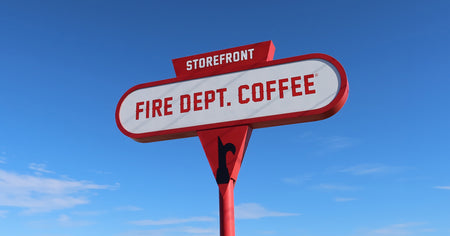
Fire Dept. Coffee's First Retail Shop Opens in Rockford, IL

Sugar Cookie Rum Infused Coffee - Spirit Infused Coffee Club
FOLLOW OUR JOURNEY, GET SPECIAL OFFERS AND PROMOTIONS
- SPIRIT INFUSED COFFEE
- Bourbon Infused Coffee
- Whiskey Infused Coffee
- Rum Infused Coffee
- Spirit Infused Coffee Club
- Spirit Infusion Process
GEAR
© 2025 Fire Department Coffee, Inc.













Jaymie
May 06, 2021
I love the tone/humor and knowledge of this!